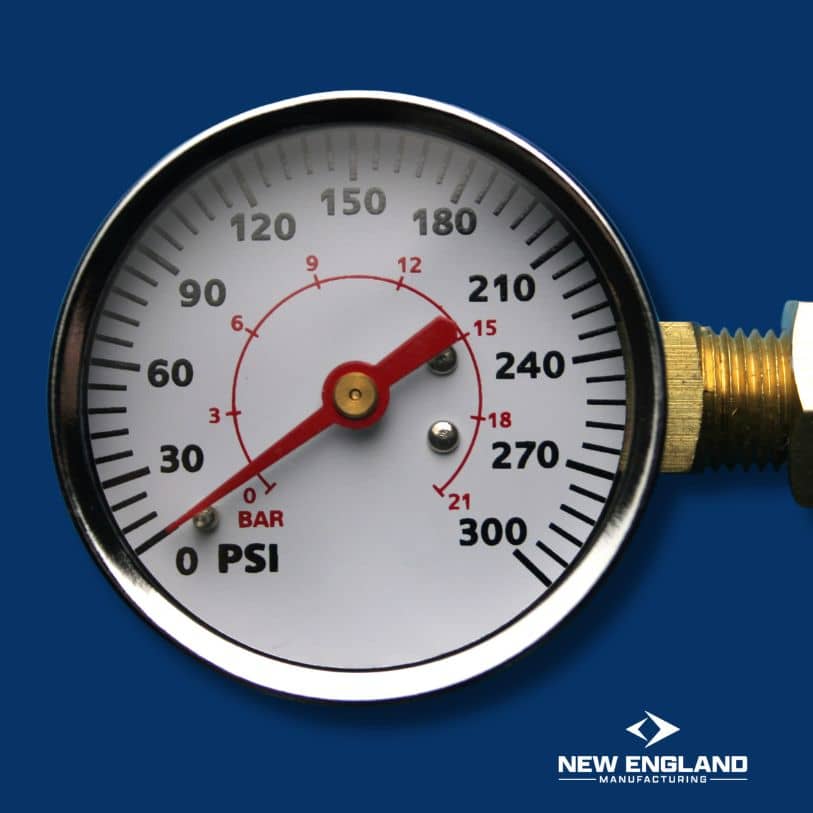Flow Fundamentals: A Meter Guide
In an era where the importance of sustainable resource management is ever-growing, closely monitoring and managing water use becomes paramount. Whether it concerns residential, commercial, or industrial applications, gaining insights into our water consumption is crucial for conservation efforts. Consequently, let’s embark on an exploration of water meters and measurement devices. These instruments are fundamental to achieving efficient water management, ensuring that we make the most out of every drop.
The Role of Water Meters in Modern Society
Water meters are not merely instruments for gauging consumption; instead, they act as catalysts for awareness. They bridge the gap between our daily water usage and the overarching goal of sustainable management. Accurately capturing our water consumption, these meters foster a culture of responsibility and prompt us to identify and rectify inefficiencies within our systems.
The Four Main Types of Water Meters
Venturing further, we uncover the four main types of water meters, each distinguished by its unique capabilities and applications.
1. Mechanical Water Meters
Among the traditional selections for residential measurement lie the mechanical water meters, encompassing both positive displacement and velocity meters. These meters rely on the physical flow of water for their operation.
Specifically, positive displacement meters shine in settings characterized by consistent, low water flow. They measure consumption by capturing a predetermined volume of water and tallying how frequently this volume is replenished.
Conversely, velocity meters are adept at assessing the speed of water traversing through the meter. Turbine meters, for instance, utilize a propeller mechanism to determine water velocity, making them suitable for high-flow scenarios often found in commercial environments.
Both variants excel by directly interacting with water flow, positioning them as dependable water flow measurement devices for a broad spectrum of uses.
2. Electronic and Ultrasonic Water Meters
As we delve into more advanced technologies, electronic and ultrasonic water meters present a stark contrast to their mechanical counterparts. Utilizing sound waves or electronic sensors, these meters offer precision in low-flow situations and are less prone to mechanical wear.
Ultrasonic meters, in particular, employ sound waves to deduce water flow, measuring the transit time of these pulses to calculate the flow rate. This method’s accuracy makes it invaluable across both residential and industrial settings.
Moreover, electronic meters detect minimal flows through sophisticated sensors, ideal for identifying leaks or managing low-consumption instances. Their ability to support remote monitoring enhances convenience and operational efficiency.
3. Smart Water Meters
Advancing to the forefront of water measurement technology, smart water meters offer the dual benefits of measuring water flow and transmitting data in real-time. This feature provides deep insights into water usage patterns, enabling proactive management and conservation.
Remarkably, smart meters alert users to potential leaks or irregularities in water usage. By delivering detailed, immediate data, they empower users to act swiftly, mitigating waste and fostering savings.
Additionally, these meters support innovative pricing models and management strategies, underscoring their vital role in promoting sustainability.
4. Compound Water Meters
Lastly, compound water meters specialize in accurately gauging a vast range of flow rates. By merging the mechanics of positive displacement and velocity meters, they offer adaptability and accuracy across fluctuating conditions.
These meters are particularly beneficial in situations with dramatic flow variations, such as in mixed-use buildings or industrial complexes. Their hybrid design establishes them as effective water flow measurement devices, adept at managing diverse water usage dynamics.
Common Water Measurement Devices
Beyond the conventional meters, a suite of devices plays integral roles in water measurement and management:
- Flow sensors are pivotal in detecting pipe flow rates, which is essential for systems requiring immediate data to adjust operations.
- Water level sensors monitor levels in tanks and reservoirs to avert overflows and maintain operational efficiency.
- Pressure gauges measure water line pressure, identifying potential leaks or obstructions to ensure systems function within optimal parameters.
These devices complement water meters, offering a comprehensive overview of water use and system health.
Conclusion
In summarizing our exploration of water meters and measurement devices, it’s evident that these tools form the backbone of contemporary water management strategies. From the basic mechanical meters to the sophisticated smart meters, the evolution of these devices reflects our growing dedication to water conservation and sustainable usage.
Whether it’s the accuracy of ultrasonic meters, the versatility of compound meters, or the innovative insights from smart meters, each technology plays a pivotal role in our water management narrative. Embracing these tools enables us to make informed decisions, conserve this invaluable resource, and forge a path toward a sustainable future.
In essence, our journey through the world of water measurement is not merely about embracing technology; it’s about recognizing and valuing every drop of water. As we continue to innovate and adapt, let us remain committed to the principle that efficient water management is imperative for our well-being and the planet’s sustainability.
Read More:
Water Pressure Meter

Mark R.
With a strong foundation in industrial safety and fire protection systems, Mark R. specializes in creating clear, technical, and compliance-driven content. Writing for SafeTech Reports, he covers topics such as fire hydrant testing, PPE protocols, emergency procedures, and smart technology integration in safety systems. His work ensures that professionals stay informed on the latest regulations, best practices, and emerging trends in safety and infrastructure maintenance.
Get in touch
We usually respond within 24 hours
Need Reliable Water Flow Test Equipment?
For over 70 years, New England Manufacturing has been the trusted source for fire hydrant and water flow testing kits. From pitot gauge kits to custom test kits, we provide precision, durability, and expert calibration to meet your needs.
- Custom-built test kits
- High-quality pressure gauges
- Reliable calibration services


